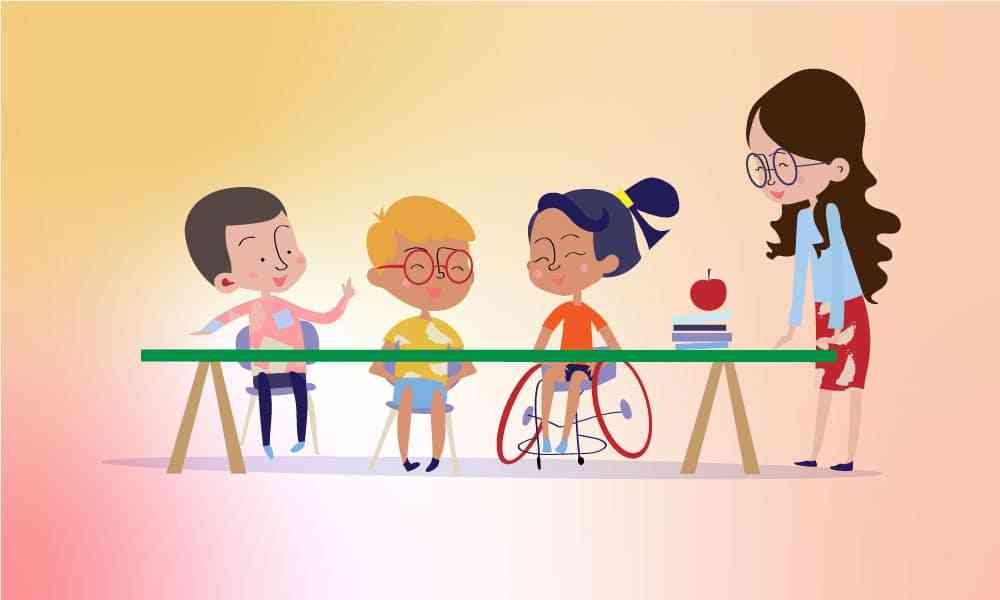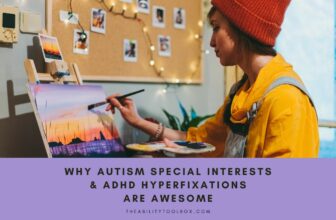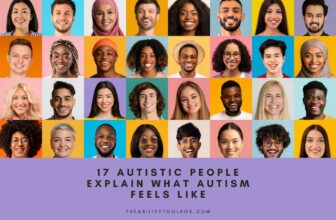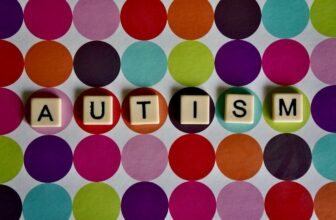
Imagine you are running a race and no matter how fast you run, you just keep lagging behind the other runners. This is similar to the experience of autistic students in a classroom with non-autistic classmates. School can be a jungle, and for autistic students, it can be even more of a challenge. But don't worry, teachers, parents, and students. There are plenty of things we, teachers and school administrators can do to create a supportive and inclusive environment for autistic students and their neurotypical classmates.
When Supporting Autistic Students, Knowledge Is Power
First up, let's get educated about autism. No, this doesn't mean we all have to become experts overnight, but a little bit of knowledge can go a long way. Maybe we can watch a movie or read a book together, or even have a guest speaker come in and talk about their experiences. And to really show our support, let's throw a party or two to celebrate our differences and show that we're all in this together because we are stronger when we're united!
Common Challenges Faced by Autistic Students and Practical Solutions
Helping Neurotypical Students Understand Their Autistic Classmates
Some neurotypical students may feel frustrated or confused if they don't understand why their autistic classmate is behaving in a certain way. Others may feel anxious or overwhelmed if their classmate experiences a meltdown or sensory overload. These experiences can be challenging, but it's important for teachers and classmates to work together to support everyone in the classroom.
Use Peer Mentoring to Support Kids with Autism
A practical example of a peer mentoring program where neurotypical students can learn from autistic students could involve pairing up students in a classroom setting. The program could start with an introduction to autism and the different ways it can affect individuals. Next, the pairs could work on a project together, with the neurotypical student observing and learning from the autistic student's unique learning style, communication strategies, and sensory processing differences. The pairs could also have regular check-ins to discuss their progress and share what they've learned from each other. This approach could create a positive and inclusive learning environment for all students involved, while also helping to break down barriers and promote understanding between neurotypical and autistic individuals.
Build Social Skills by Encouraging Friendships Between Neurotypical and Autistic Kids
Social skills can be a challenge for everyone, but autistic students might need a little extra practice. So, let's get creative! We can do some role-playing, social stories, and group chats to help autistic students understand social cues and interactions. And let's pair them up with a buddy who can offer support and encouragement when needed. By practicing social skills in a safe and supportive environment, autistic students can gain confidence and make new friends.
In my classroom, every autistic student has what we call a comfy buddy. Comfy Buddies are there to comfort them when they start feeling anxious, especially at lunch break when the environment changes from indoors to outdoors filled with other students who are not classmates. The Comfy Buddies are taught what to do and say when their autistic buddy is feeling overwhelmed by the environment. I remember Jhonny (NT) rushing to comfort Sarah as soon as he saw her feeling uncomfortable sharing toys with her peers. Jhonny affirmed her with words of encouragement and emotionally secured her with their signature handshake and offered a game that allowed Sarah and her peers to feel included and comfortable in each other’s presence (safety zone).
Improve Communication for Students on the Autism Spectrum
Communication is key, but sometimes it can be a challenge for autistic students. That's why we need to use plain language, pictures, and even technology to make it easier for them to express themselves. Maybe we can use a tablet or communication app to help them connect with their peers. And let's encourage everyone to ask questions and really listen to what autistic students have to say. Who knows? We might learn something new!
Use Technology to Empower Autistic Kids
Screen time is a parent's nightmare but when used right, it's a teacher's dream! But it's important to ensure that technology is accessible to everyone and meets the diverse needs of all students. Apps and software used in the classroom should consider the various learning styles and needs of both neurotypical and autistic students. Apps should have options for different modes of learning, such as visual, auditory, and kinesthetic, and provide subtitles or captions for videos and audio. Devices should have features to help with sensory processing, such as the ability to adjust the brightness or color scheme of the app. Additionally, they should include communication options for those who may have difficulty expressing themselves verbally.
Create a Sensory-Friendly Environment in the Classroom
For many autistic students, the world can be too loud, too bright, or too overwhelming. As teachers, we can help by making a few adjustments to the classroom. Maybe we can use softer lights, provide noise-cancelling headphones or earplugs, and give students a fidget toy or two to help them stay focused. And let's create a chill-out space where students can take a break if they need it. By giving autistic students a calm and peaceful learning environment, we can help them feel more comfortable and confident.
Now, again, imagine you’re running this race but this time the other racers aren’t competing against you but with you and better, yet they understand what to do to keep you going. This is an achievable environment. If and only if we can educate each other, have an action plan, and execute it. Using strategies like education and awareness, communication, sensory support, and social skills practice, neurotypical and autistic students can learn in harmony while obtaining a quality education.
More Autism & Neurodiversity Resources in The Ability Toolbox
- Calm Strips: A Complete Guide to Fidget Stickers for Anxiety, Autism, & ADHD
- The Ultimate Executive Dysfunction Self-Help Guide: Coping Skills to Help You Thrive
- All About Autism Masking and Camouflaging
- Sensory Lights for Autism and ADHD: A Guide
- Awesome Autism Books Written by Actually Autistic Authors
Slee is a passionate writer with a knack for capturing hearts and minds through the magic of words. They thrive on transporting readers to new worlds and perspectives, leaving them inspired and empowered. Exploring themes of empathy, personal growth, and the wonders of nature, Slee's writing invites you to embark on a journey of self-discovery and embrace the beauty of the world around us. When they're not immersed in their craft, you'll find Slee soaking up the joy of spending time with animals, finding solace and lessons in their company.






















